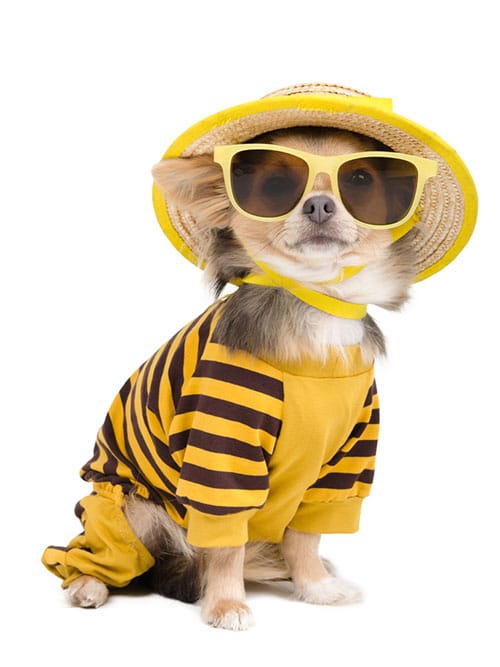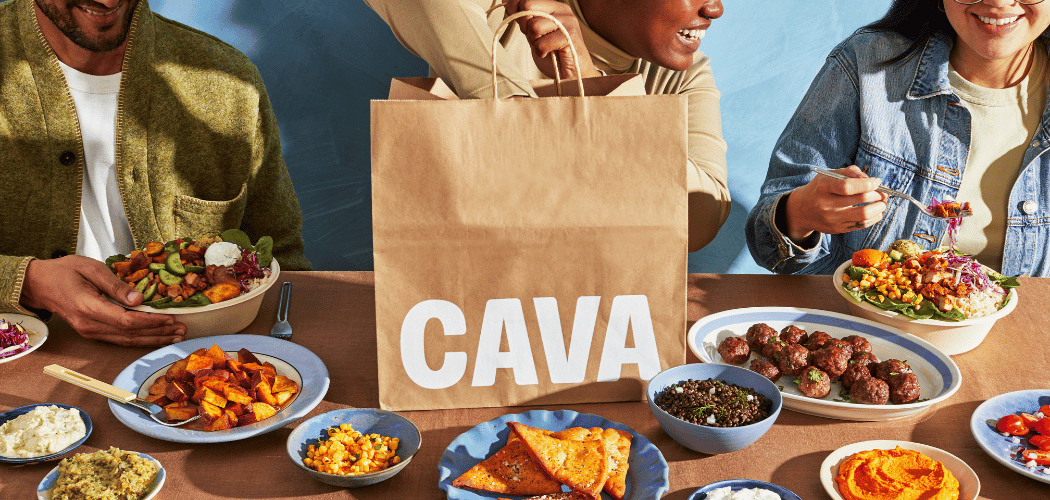Meet Champ. He has the power to determine the house his owners live in, but he doesn’t know how to roll over.
Champ is, of course, covered in fur — and in purchase influence. Pets are wrestling control over larger parts of household budgets, along with owners’ hearts, as demonstrated this recent Valentine’s Day. Shoppers individually were projected to increase their Valentine’s pet spending by nearly 27% over 2018, to $6.94 from $5.50 in 2018, according to a survey by the National Retail Federation. In all, one in five consumers said they would buy something for a pet, translating to a total of $886 million in sales.
But Valentine’s Day is just one measure of how willing consumers are to indulge their pets through their wallets. Americans are estimated to have spent more than $72 billion on their pets in 2018, compared with $43 billion 10 years earlier, the American Pet Products Association (APPA) reports. That influence extends from chew toys to domiciles — nearly 80% of millennial homebuyers said they would pass on a house if it didn’t meet the needs of their pets.
This clout is expected to strengthen as pets become more widely accepted not merely as extensions of families, but as child replacements that are integral to their owners’ lifestyles. From nutrition-specific pet foods to doggy cams to app-connected food bowls, pet-related products are feeding an industry with sales that are more than three times greater than children’s toys ($21.6 billion in 2018).

More Bark Than Bikes
Sales of pet toys, meanwhile, are rising, reflecting the pet population. The number of pet-owning households in the U.S. now exceeds those with children — 84.6 million versus 52.8 million, according to the APPA. In many of these households, owners want their pets to have the same products children would enjoy. In short, pets are increasingly capturing the love once reserved for kids.
Few retailers are overlooking the opportunity. Saks Fifth Avenue sells“smart” pet bowls that track consumption, polka-dotted pet sneakers and Tanqueruff Gin plush dog toys. Zulily’s pet supplies and accessories page includes pet-pouch hoodies, a Steelers Pittsburgh collar bandanna and pet umbrellas. And Home Depot sells horse shelters along with dog houses and cat climbers.
Meanwhile, more big chains, including Barnes & Noble, Bath & Body Works and Macy’s, invite dogs into their stores to browse with their owners, recognizing it could increase trip numbers.
Put It on My Tabby: Pet Goes Upscale
But it’s in more specialized products and services where pet potential may be greatest for retail brands. Among the spotted trends:
Well-heeled spa services. From trendy cuts and “paw-dicures” to blueberry facials and massages, spa services are being tailored for pets. This is a decidedly upscale market — at Miami’s Ocean Bal Harbour condominiums, residents treat their privileged pups to a five-star pet-grooming spa that features deep fur conditioning, de-shedding treatments, cooling eye masks and “Yappy Hour.” At the Spa Paws Hotel in Fort Worth, Texas, cats (and dogs) are chauffeured to sunlit rooms, where they can be treated to feel-good massages and freeze-dried salmon. And Dogtopia offers daycare and spa services in 87 locations across the U.S. and Canada.
Pet-friendly cannabis. Some companies, such as Pet Releaf in Littleton, Colorado, market THC-free cannabis for pets as an aid for anxiety, seizures, arthritis and other pain. The American Veterinary Medical Association has asked the Drug Enforcement Administration to declassify marijuana as a drug, but be warned, the FDA has not yet evaluated or approved these products.
Continual surveillance. Because pets replace babies, their owners are more likely to worry about them when they are apart. A regular nanny cam could do, but then there’s the app-connected Furbo camera, which enables parents to talk with their pups and release treats. Furbo offers a subscription-based nanny service with 24-hour cloud recording, activity alerts and compiled highlight videos. Furbo uses artificial intelligence, so its ability to recognize unusual behaviors sharpens with time.
Life-extending products. On average, an indoor cat can live to be 18 and a medium-sized dog to 11, but owners often are willing to prolong those years when they can. As a result more retailers are carrying pet strollers and joggers, ramps, supplements and specially formulated foods, even for birds. The site Handicappedpets.com sells nothing but harnesses, diapers, blind halos and other products to help older or handicapped pets live comfortably.
Doggie (and kitty) dental. Ten years ago pet owners might have laughed at the thought of brushing Fluffy’s teeth, but now people are building the task into their routines, and budgets. The global pet oral care market is expected to grow by 6.2% from 2017 to 2022, to $2.2 billion. Retailers are responding in a big way: Look up dental treats on pet-catering site Chewy.com and more than 900 options appear.
Tattoo chew. Though outlawed in some states, including New York, groups including PETA support pet tattooing for tracking and identification purposes. That being said, some owners have their pets — cats and dogs, in particular— tattooed for aesthetic expression.
The roles our domesticated critters play in our purchase decisions appear to be on a powerful curve, aided in large part by education and social media. Even awkward-looking pets like Lil Bub the cat can be stars (you can buy the Lil Bub plush toy at Bed Bath & Beyond).
Which means a shopper doesn’t even have to own a pet to be influenced by one. For those who do, Valentine’s Day may be over, but St. Patrick’s Day is right around the corner. And heck, you can start planning for Halloween now.
Bryan Pearson a Featured Contributor to The Wise Marketer and is the President of LoyaltyOne, where he has been leveraging the knowledge of 120 million customer relationships over 20 years to create relevant communications and enhanced shopper experiences.
This article originally appeared in Forbes. Be sure to follow Bryan on Facebook and Twitter for more on retail, loyalty and the customer experience.




